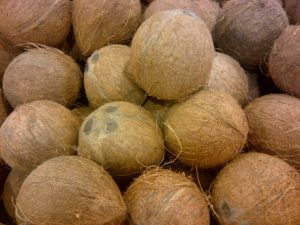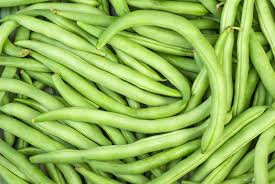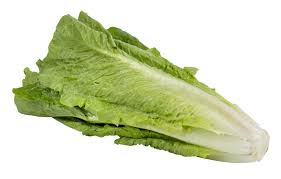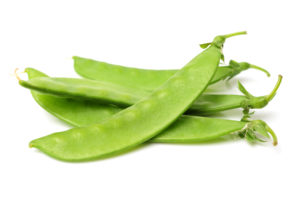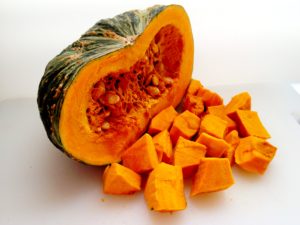
Kabocha is a variety of winter squash, often referred to as a Japanese pumpkin. It’s sometimes described as a cross between sweet potato and pumpkin in flavor and texture. It’s sweet taste, velvety texture, massive offering of nutritional benefit and versatility, make it a prized staple vegetable in Japan. You can substitute it within recipes that call for acorn and butternut squash or pumpkin. Most forward nutritients are beta carotene, vitamin C, iron, and potassium with smaller amounts of B vitamins, folic acid and calcium.
How to select a Kabocha:
The two things to look for are weight and color. Skin should be a rich, deep green and it should feel heavier than expected. Ripeness is indicated by golden speckling and stripes on the exterior.
How to prepare Kabocha:
Carefully slice the entire squash in half, keeping in mind that it’s dense and might be difficult to cut. Like other squashes, you’ll want to scoop out the pulp and seeds, leaving the meat behind. From here you can slice it into wedges for roasting, simmering, pureing, or baking. You can also grate it to add texture to breads or other baked dishes and desserts. The skin is ok to leave on.
